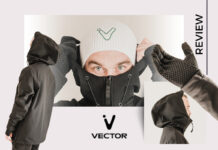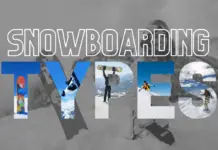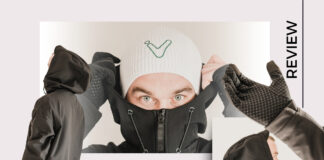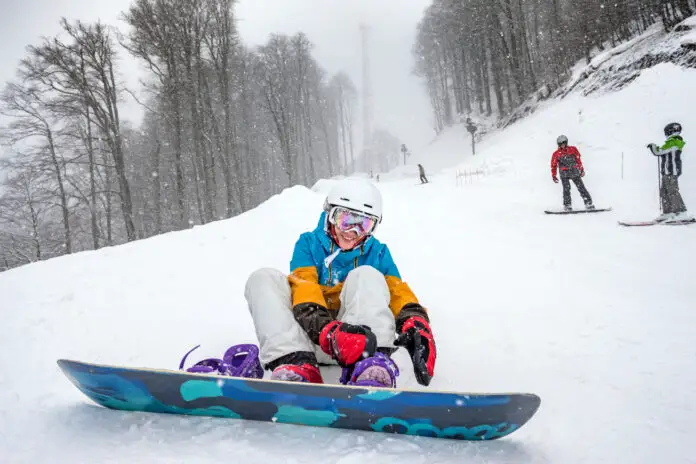
The increasingly popular winter sport of snowboarding will require you to invest in your very own snowboard, should you decide to get into the sport. But buying a snowboard is not as easy as it may seem and should not be taken lightly, as this very piece of equipment will help make (or break) the way you ride.
With a variety of snowboards available in the market today, being extra careful and meticulous will allow you to snag the finest piece of equipment for the sport. Here’s our guide in getting the board you really need and want:
Learn How to Buy a Snowboard in this section:
When shopping for a snowboard, it’s best to stick with well-known brands to ensure the excellent quality of the product. Good brands protect their reputation, so they always manufacture high-quality snowboards and offer them at reasonable prices.
Large Collection of Snowboards All Snowboards
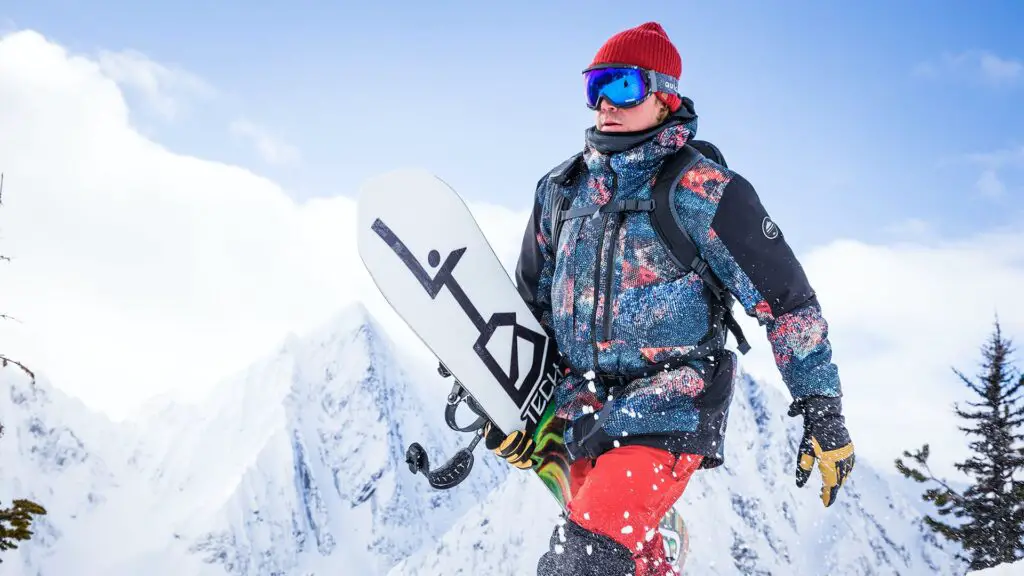
The board is Snowboarding’s primary piece of equipment. Here you can find advice on what to look out for. Also, make sure to read our Snowboard Buying Guide. Read here for more information.
Large Collection of Freeride Snowboards
Freeride Boards are good all-mountain, park & halfpipe boards designed to float well on Powder. It is the most popular kind of snowboard. This Type of Snowboard bridges the gap between Freestyle and Alpine carving. Go check our shop for a variety of Freeride Snowboards.
Large Collection of Freestyle Snowboards
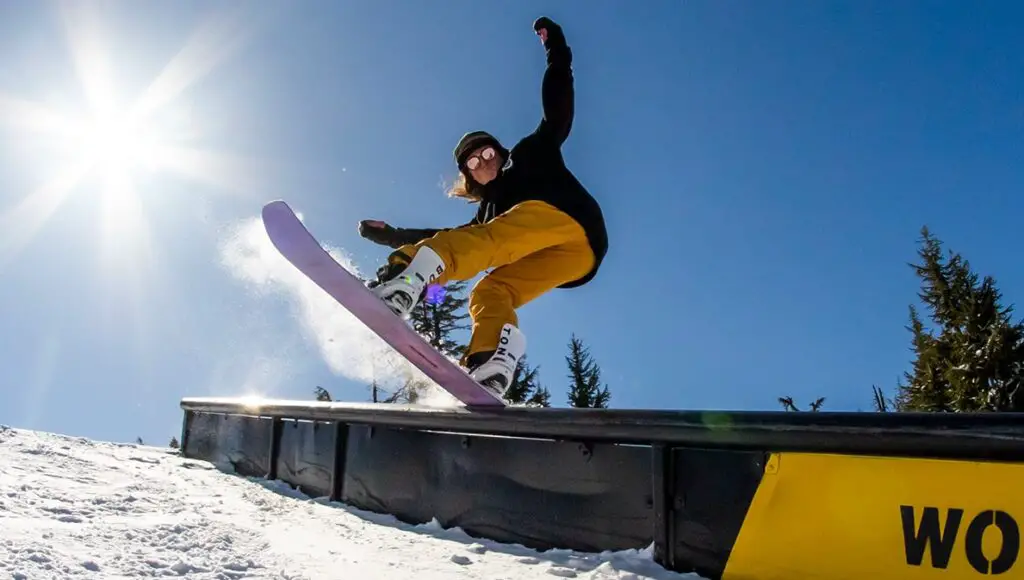
Freestyle Snowboards are very responsive to the rider and are the best choice for beginners. Before you buy your Snowboard, you must know what it consists of, what its different elements are, and how it works. Knowing all about Snowboards is the first step to choosing the appropriate board for you.
For beginning riders, it is always better to rent first before buying a Snowboard. Renting a board will allow you to try out a range of models and brands of Snowboards. This will also help you find out the appropriate Riding Style for you. Most Ski or Snow Resorts and a lot of local sporting goods shops offer Snowboard rentals. Trying out different boards will also help you figure out your riding style. With most of the resorts offering snowboard rentals, this board tryout shouldn’t be all that hard.
When Choosing a Snowboard, the main question should certainly NOT be, “How will this cool board look with the rest of my Snowboard Gear? You need to at least be familiar with several things about yourself, the Snowboards, and the different riding styles before you can choose a board that is suitable for you and your level. Choose a board that will not only improve your board skills, but also ensure your safety in the slopes.
This guide will help you choose a board that will not only enhance your learning and performance in Snowboarding but also Ensures your Safety on the Slopes.
Anatomy and Features of a Snowboard
This section enumerates the different parts of the Snowboard and gives you an overview of its features and characteristics. The snowboard is the most essential equipment you will need in Snowboarding. Invest in a good one by learning its anatomy and features.
How much am I willing to pay for my Snowboard?

Let’s face it, your buying decision is directly related to how much money you are willing to spend on your Snowboard. There are roughly three classes to distinguish here:
- Entry Level Boards ($150-$250)
- Mid-Range Boards ($250-$450)
- Top End Boards ($450 and up)
In general, Cheap Snowboards will be heavier in weight and simpler in design. As boards get lighter and have more design specifications to fit certain styles of riding, they become more expensive.
As you progress in your Snowboarding skills, you will learn which features a new snowboard should have and your demands will become more specific. It is highly advisable for beginning boarders to settle for a cheaper board because it will help them grasp their exact preferences.
What is my Skill Level?
In Snowboarding, the skill level is divided into three types:
- Newbie – from total beginner to having a few days of riding experience
- Intermediate – comfortable with common riding techniques and starting to try tricks
- Advanced – comfortable with riding all pistes and off-slope; advanced tricks and skills
What is my preferred Riding Style?
Snowboarding Styles
Different Snowboarding styles have different fans. While others would claim that one style is better than the other, we wouldn’t make that claim but instead, show you the different styles in this article. You can check this article for more information.
Once you have evolved from a beginner to a more experienced border, you may want to choose a distinctive riding style and adjust your gear according to that choice. The riding style you prefer will definitely help determine the type of board you should buy.
Although riding styles in Snowboarding have many subclasses, there are mainly three riding styles – Freestyle, Freeride, and Freecarve. For a detailed description of each Riding Styles, click any of the links below:
- Freestyle
- Freeride
- Freecarve
Most boards are under one of these categories. Then again, some beginner boards can be a combination of Freestyle and Freeride. Still, it is best to choose a board that will fit your style as soon as possible instead of learning a particular style on a combination board.
Freestyle snowboards are light, flexible, and short with twin tips. They’re suitable for riders who prefer to push their limits when snowboarding in terrain parks and those who desire a lively ride on the mountain. Freestyle snowboards aren’t good for cruising on hard snow.
Freeride snowboards have a directional snowboard design.
A freeride snowboard has aggressive features, making it go fast. You can explore any hard and untreated snow conditions. This type of snowboard usually comes with a wide surface area, allowing the board to float better.
Many Snowboarders learn how to ride on a FreeRide/FreeStyle board and then choose either one of these styles. FreeCarving is often selected by more experienced FreeRide boarders. After you have decided on your ability and riding style, we can move on to the most important board buying decisions – board length and width.
How long should my Snowboard be?
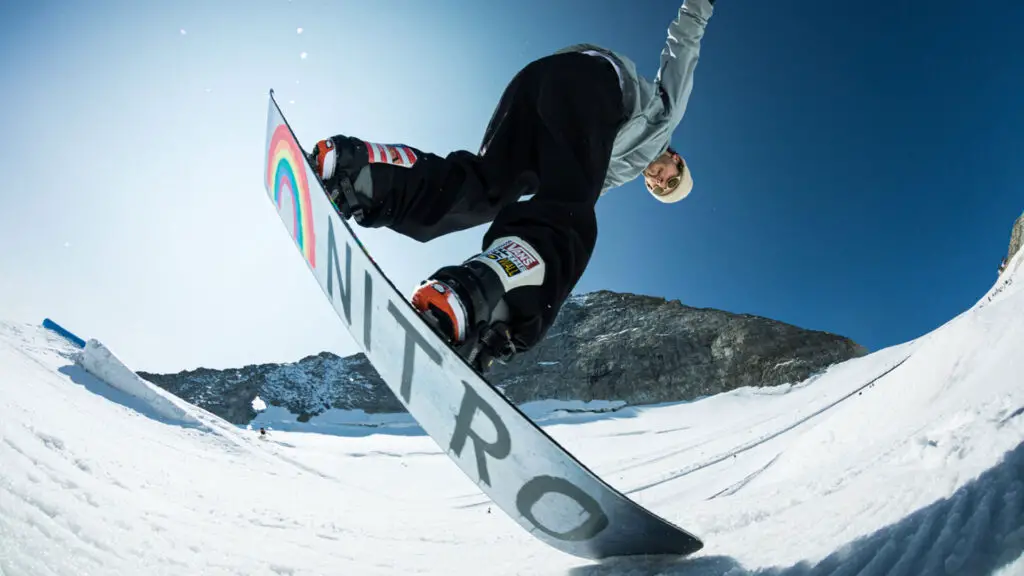
Length is one of the most important characteristics of a Snowboard. The length of a Snowboard is measured from the tip of the nose to the end of the tail. The length is usually measured in centimeters and is often abbreviated to just the last two digits. Board length varies from 100cm to 180cm.
To find the appropriate length for you, start by comparing the board length to your height. Although there are no dead set Rules in Selecting Board Length, the following are several guidelines to get you started.
When holding the board on its end:
- The shortboard should reach somewhere between your collar bones and chin. Shorter boards are easier to maneuver, great to be trained on, and often preferred by riders who do a lot of Snowboarding Tricks, park, and Pipe Riding.
- Medium length should come up between your chin and eyebrows. This length is preferred by all-around intermediate to advanced riders who ride a variety of terrain, including parks and steeps.
- Longboards should go from your forehead to several inches over the top of your head. Longboards are used for high-speed carving, deep powder snow surfaces, and big mountain terrain.
Choosing the suitable board length is not only influenced by your height but also by your weight. Keep in mind that a Snowboard acts like a leaf spring – it has no clue how tall the person standing on it is. However, it does know your weight.
Based on your weight or body structure, the following will help you choose the Right Length of Snowboard:
- Lighter people should have shorter, more flexible boards. This is because a lighter person on a longer board commonly has a hard time controlling the board and initiating turns.
- For an averagely built person, the board length should reach somewhere between the chin and your nose.
- Heavier people should have longer, less flexible boards. A shortboard isn’t advisable for heavy riders because the board often has a tendency to “wash out” or perform poorly, especially at higher speeds.
Freestyle riding is often done with a shorter board to allow better maneuverability.
Freeriding, deep snow, and racing boards will be longer in size.
For riders who are into Backcountry Snowboarding, go longer for stability.
You may also consider your aggressive or timid style. If you’re the type of boarder who really attacks the hill, you’ll want to increase the length of your Snowboard up to five centimeters from the average size. Then again, if your riding style is naturally slower in character, go down five centimeters. Still, keep in mind that one Snowboard doesn’t do it all.
What Width should my Snowboard be?
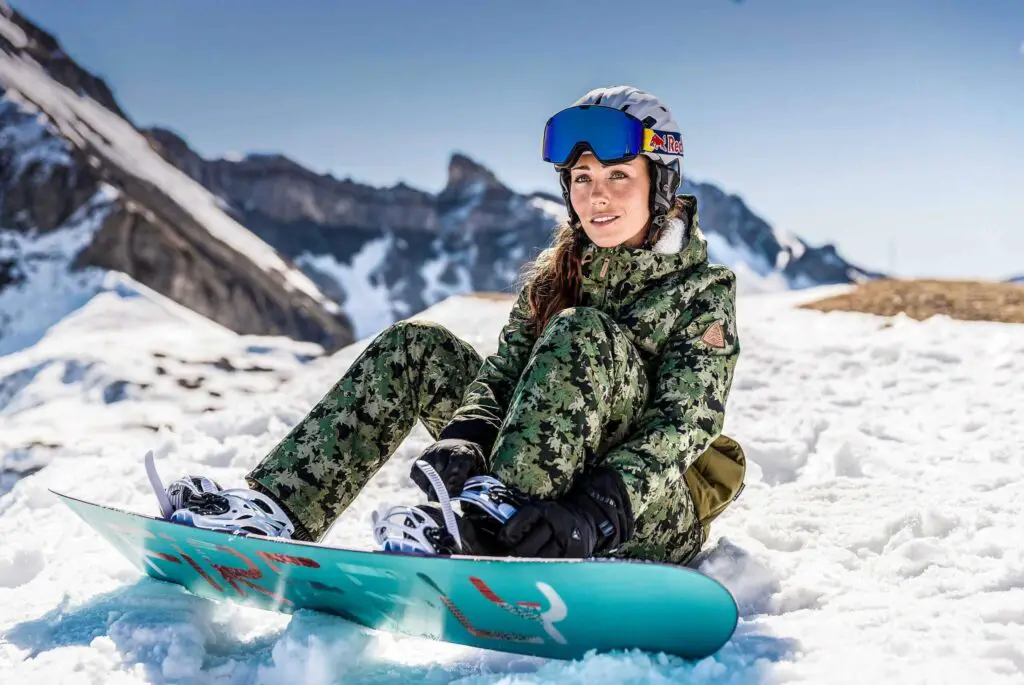
How to Buy Snowboards width is directly related to your foot size and to some extent, the type of Snowboard Binding you will use. The width, or waist, of the board, is measured across the skinniest section, from edge to edge. This is measured in either centimeters (cm) or millimeters (mm) and can be found in the board’s specifications right under the waist width.
To find the appropriate board width for you, stand on a board that is flat on the ground. Strap or step into your bindings, or place your feet exactly how you would have them when you ride. Standing in a riding position, your Snowboard Boots should be as flushed as possible over the edges of the Snowboard.
If your toes and heels don’t come close to the edge, you won’t be able to apply proper pressure to your edges during a turn. If, on the other hand, your feet hang too far over
the edges of the Snowboard, your toes or heel may catch in the snow while turning and send you reeling (this is sometimes referred to as “toe and heel drag”). Toe and heel drag is of major concern for all riders especially since drag will also make it difficult for the rider to carve on his edges. Thus, matching a Snowboard’s width to your foot size is crucial.
Narrow Snowboards are easier to maneuver, initiate turns much faster, and are much quicker. Conversely, wider Snowboards are slower, more stable, and respond well in deep snow. It’s important to make sure you get a board-wide enough to prevent your heel and toes from dragging especially when performing a turn.
If you have big feet, you should buy wider Snowboards or adjust the angle of their feet. Wider boards are made for stability, for deep snow, and to accommodate riders with large feet.
Likewise, for riders with small feet, you should select narrow Snowboards
For men and heavier people, choose wider Snowboards
For women and riders with smaller feet, choose small-waisted Snowboards
How Flexible should my Snowboard be?
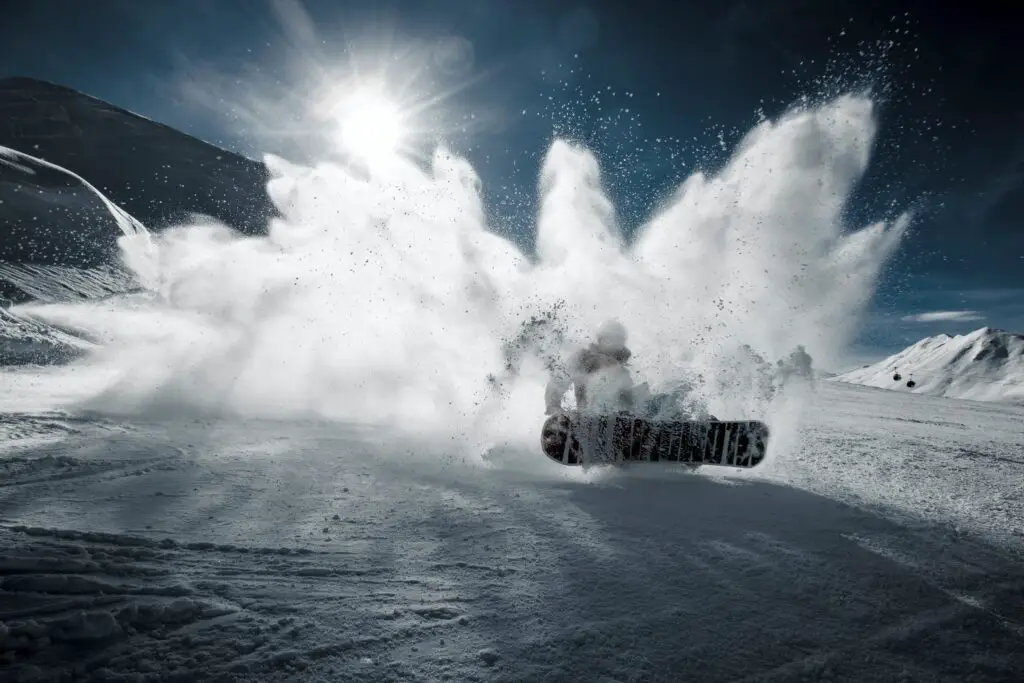
There are two kinds of flexibility for a snowboard:
- Torsional Flex. This is the flex across the width of a Snowboard, between the two edges. The torsional flex defines how well a board will hold on its edge. More torsional flex will make it easier to twist the board which is important in sharper turns. But too much torsional flex would not allow the board to arc fully and would take a lot of effort to initiate a turn. On the other hand, not enough torsional flex would make it difficult to keep the Snowboard on its edge during the completion of the turn.
- Longitudinal Flex. This indicates how flexible the Snowboard is from tip to tail. Having a balanced flex pattern will allow the board to ride and carve a turn evenly. In contrast, an unbalanced flex pattern (either the board’s nose is softer or the tail is stiffer) allows the rider to get onto the other edge faster since it tends to accelerate the board out of the turns quicker.
A soft, flexible Snowboard is great for beginning riders, especially for kids, since a flexible board will turn more quickly and with greater ease at low speeds than a stiffer or longer board. Also, it requires less technique and strength.
Freestyle riders need more flexible Snowboards for more board control and maneuverability. On the other hand, free-riders, especially carvers, need stiffer boards to keep their boards under control at higher speeds. This is because stiffer Snowboards with rigid torsional flex are better on groomed runs and open terrain, as well as at high speeds.
Regardless of whether you’re a freestyler, freeride, or carver, keep in mind that the softer the Snowboard, the easier you can maneuver it. In general, Snowboards are comparatively softer as they get shorter. Still, you will find variations in flex that can affect your performance. Typically, if you have a lighter frame (125 to 135 lbs) you should go for a softer board. If you are averagely built (135 to 150 lbs), look for a medium-flex board.
Accordingly, heavier people (150 lbs and above) need stiffer boards.
How Deep Should the sidecut on my Snowboard be?
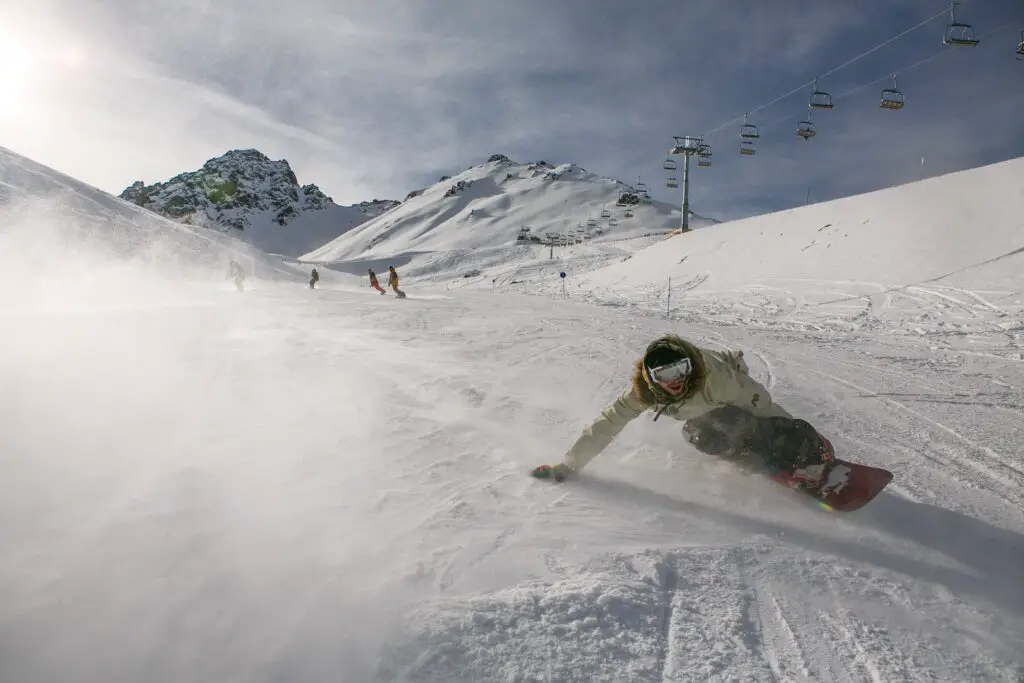
The sidecut’s depth determines your Snowboard’s ability to turn. In general:
A very shallow sidecut allows for longer, sweeping turns and easier maneuverability and control. All-mountain boards have shallower side cuts.
A deeper sidecut makes the board easier and faster to turn which is why beginner boards often have a deeper sidecut. This is also best for Freestyle riding.
Where to Find Excellent Quality Snowboards
You can buy high-quality snowboards from reputable snowboard sellers online or at brick-and-mortar stores. Read the listing carefully to determine the specifications, features, and benefits. It also pays off to read the customer testimonials and ratings to know the most recommended snowboards in the market.
Find out if the seller offers a money-back guarantee for damaged or unreceived snowboards or related accessories. You can save money, time, and effort by scrutinizing all the details.
To summarize, it is easier to ride on a soft-flexing, gradual sidecut, all-mountain Snowboard. On the other hand, it is harder to ride a stiffer-flex, aggressive sidecut, Freestyle board with scores of combinations in between. Keep in mind that these are just general guidelines to get you started. Your personal preference can often sway your decision of what type of Snowboard to buy.

